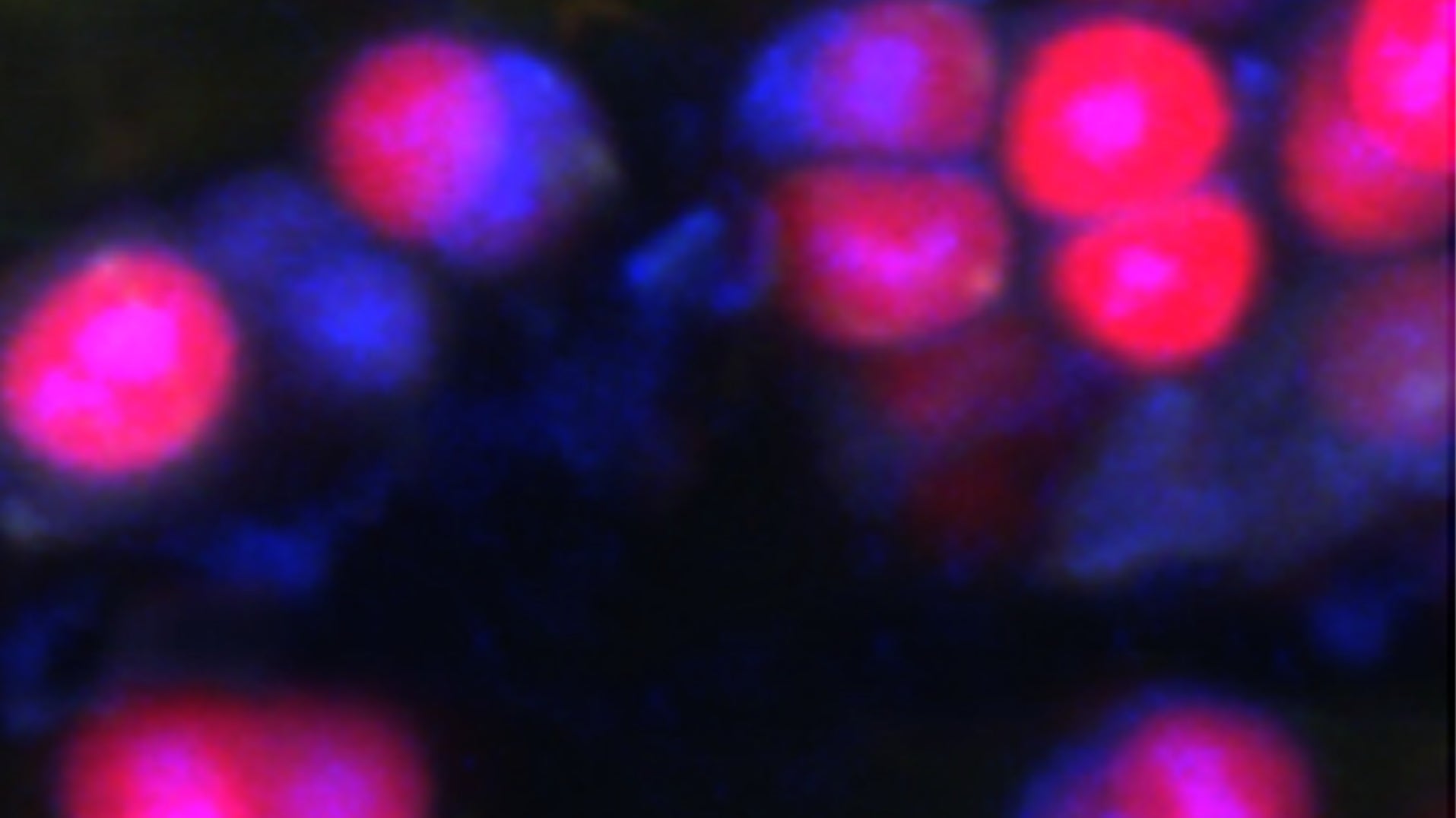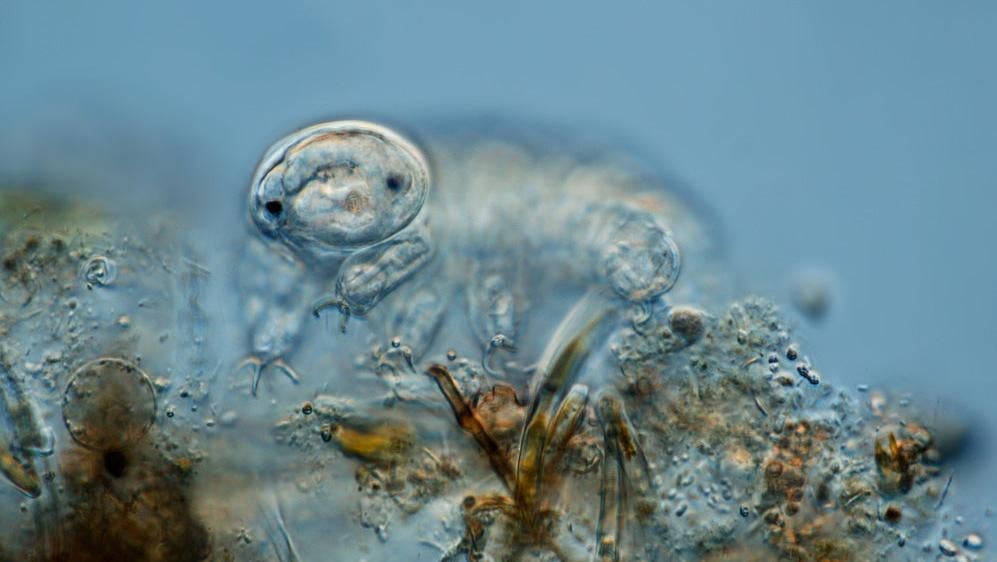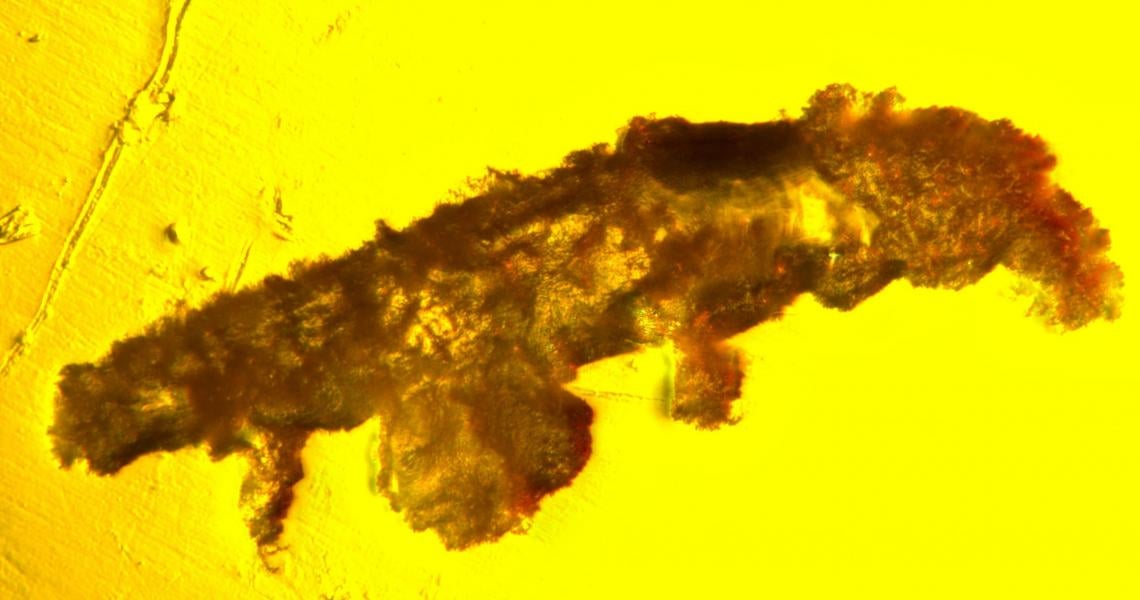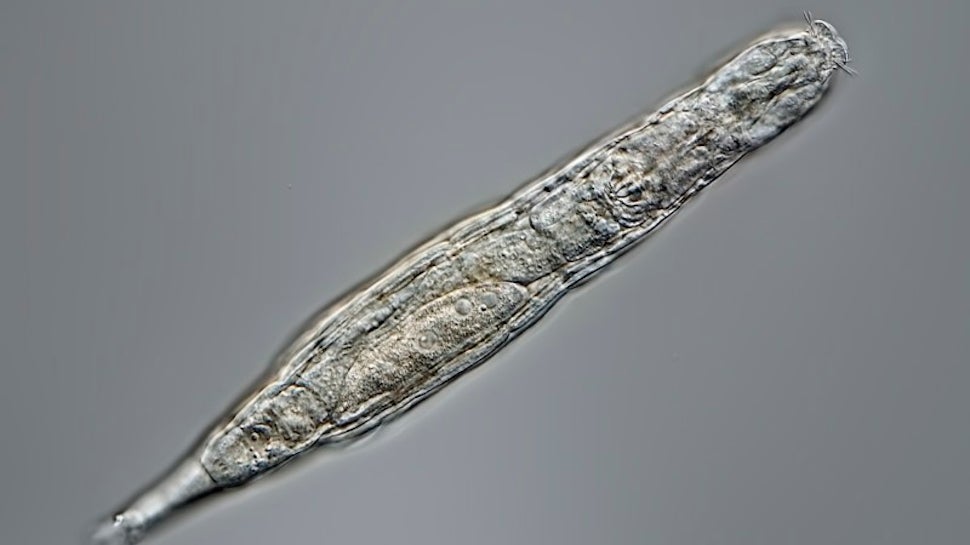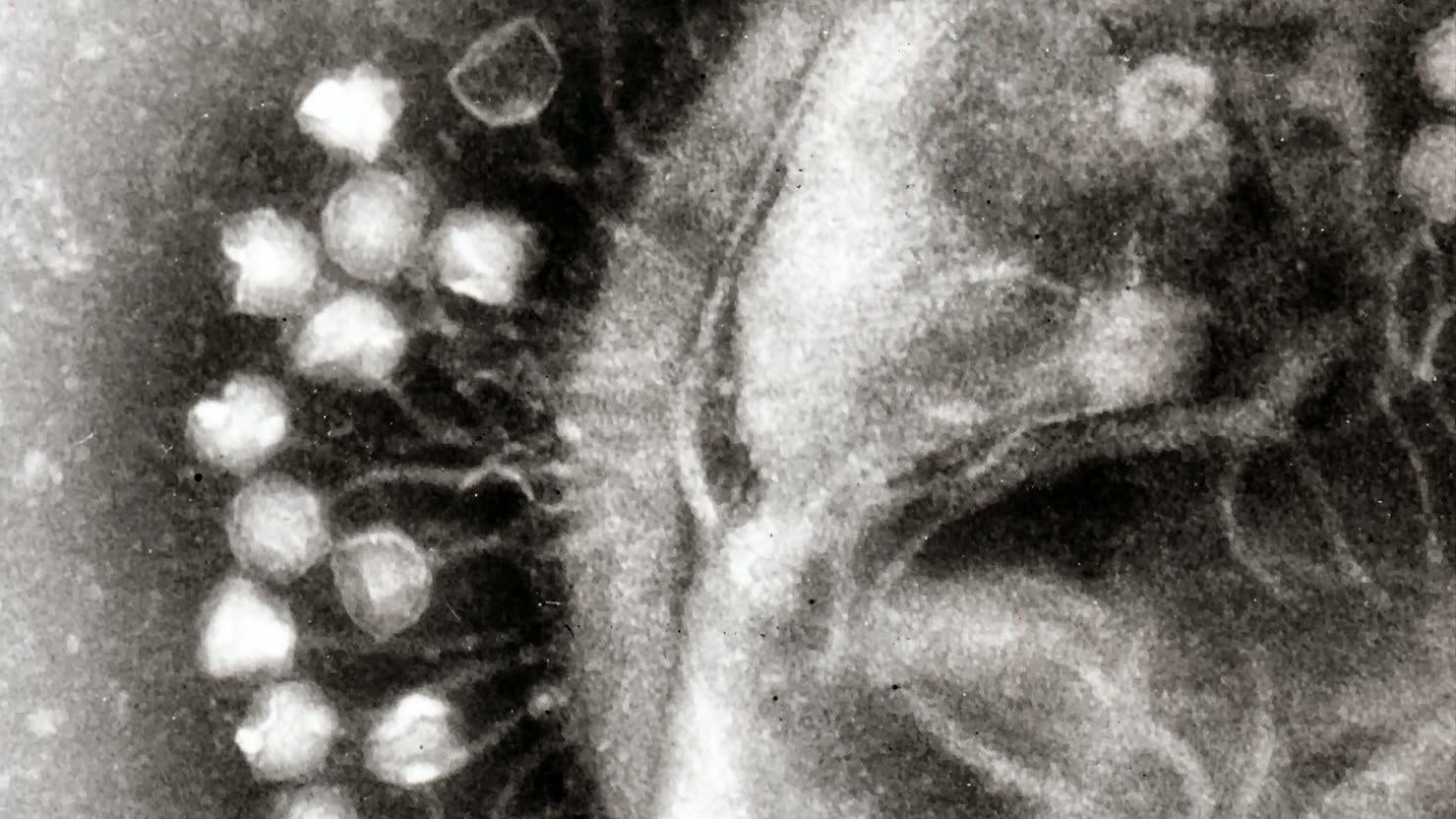-
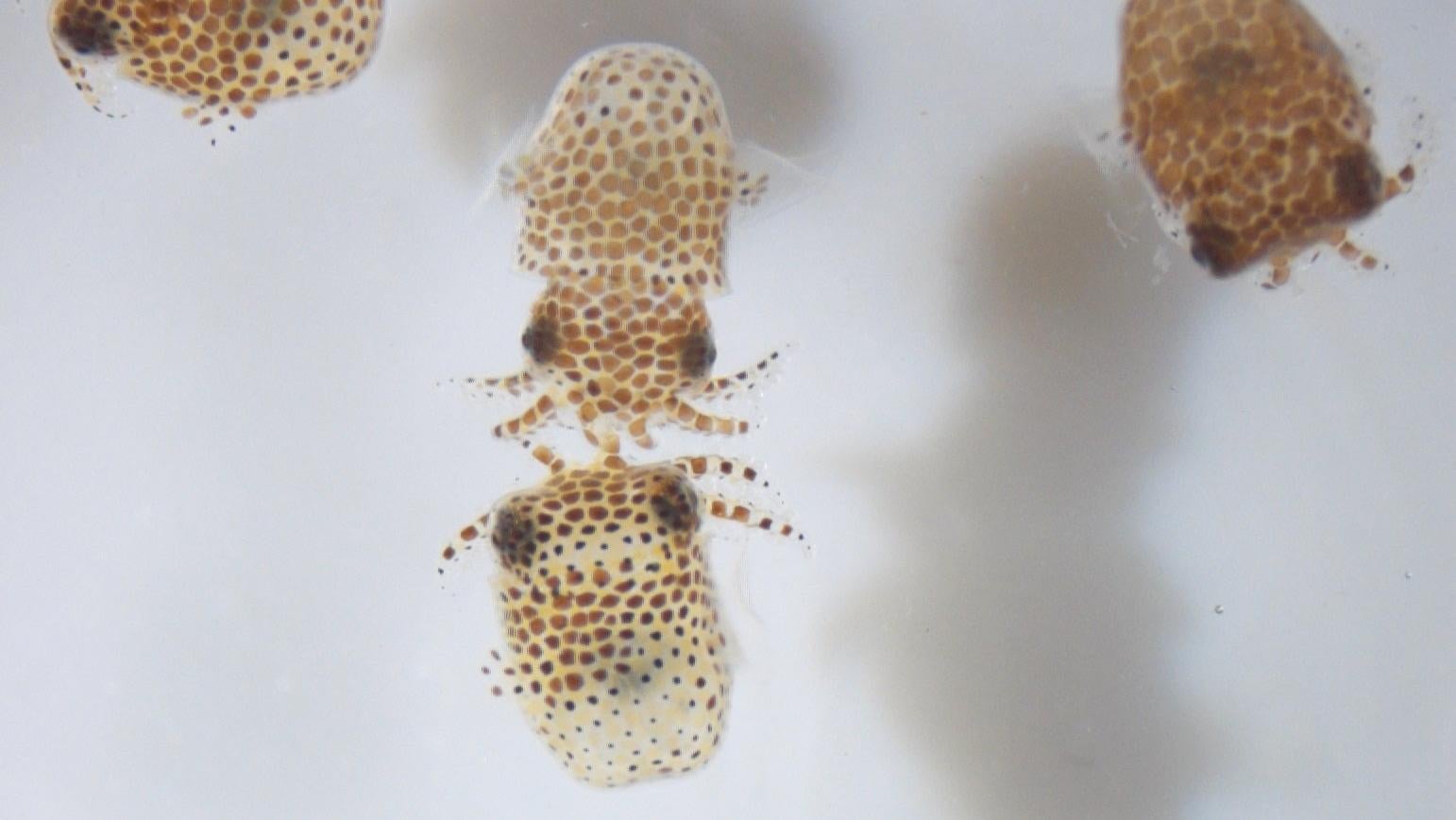 ScienceSpace & Spaceflight
ScienceSpace & SpaceflightSpaceX Cargo Mission to ISS Includes Baby Squid, Tardigrades, and Avocados
The next SpaceX mission to the International Space Station will deliver more than 2,000 pounds of science supplies, including a batch of tardigrades, tiny Hawaiian bobtail squid, and tissue chips to help explain why astronauts are more prone to developing kidney stones in space. This will be SpaceX’s 22nd cargo resupply mission to the ISS. … Continued
-
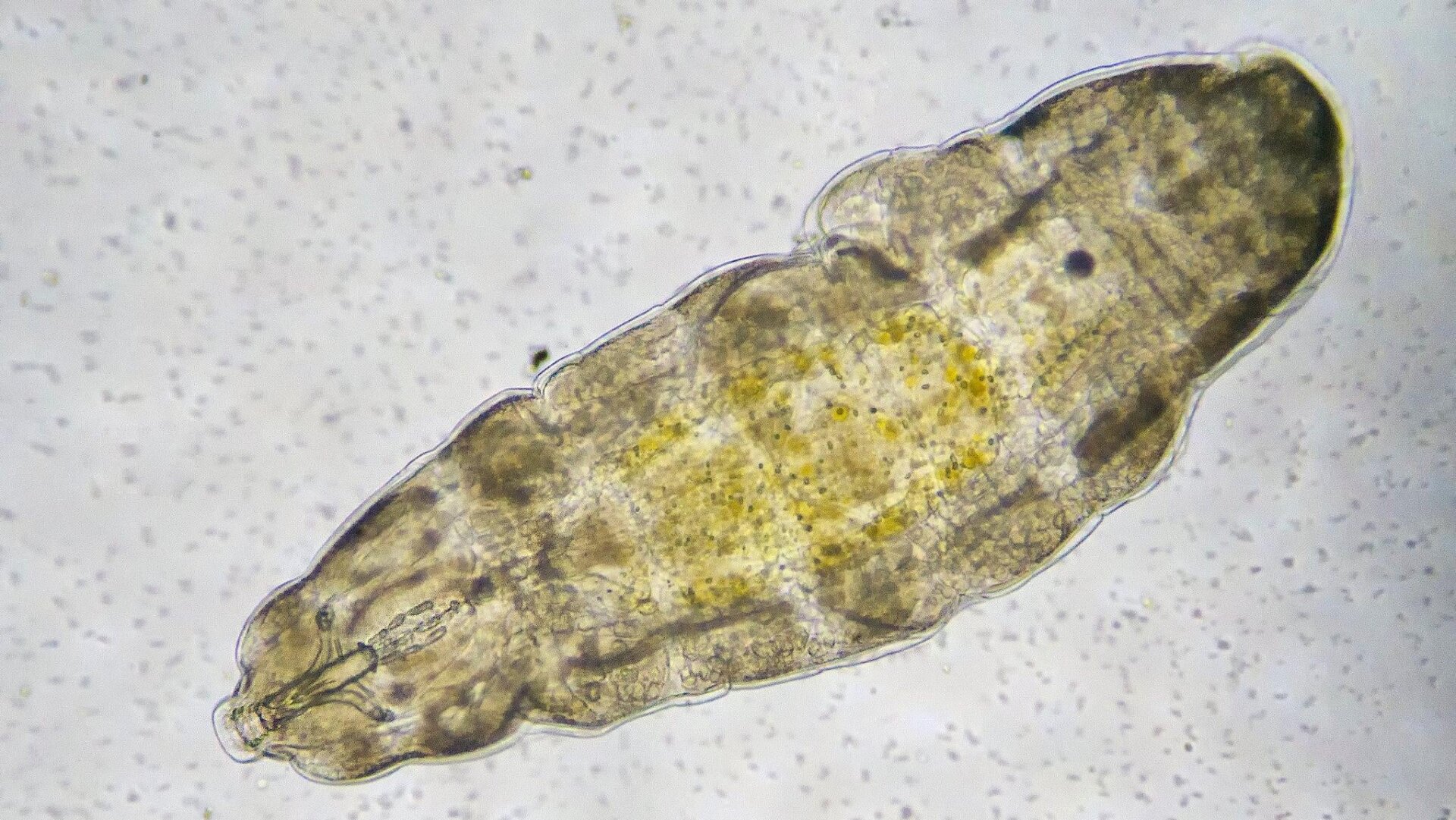 ScienceBiology
ScienceBiologyScientists Shot Tardigrades From a Gun to Test a Theory About Aliens
Microscopic tardigrades are among the toughest animals on Earth, capable of withstanding freezing temperatures, the vacuum of space, and intense radiation. As new research shows, they’re even able to survive high-speed impacts—but only to a point. New research in Astrobiology shows that tardigrades can survive impacts in excess of 1,620 miles per hour (728 meters … Continued
-
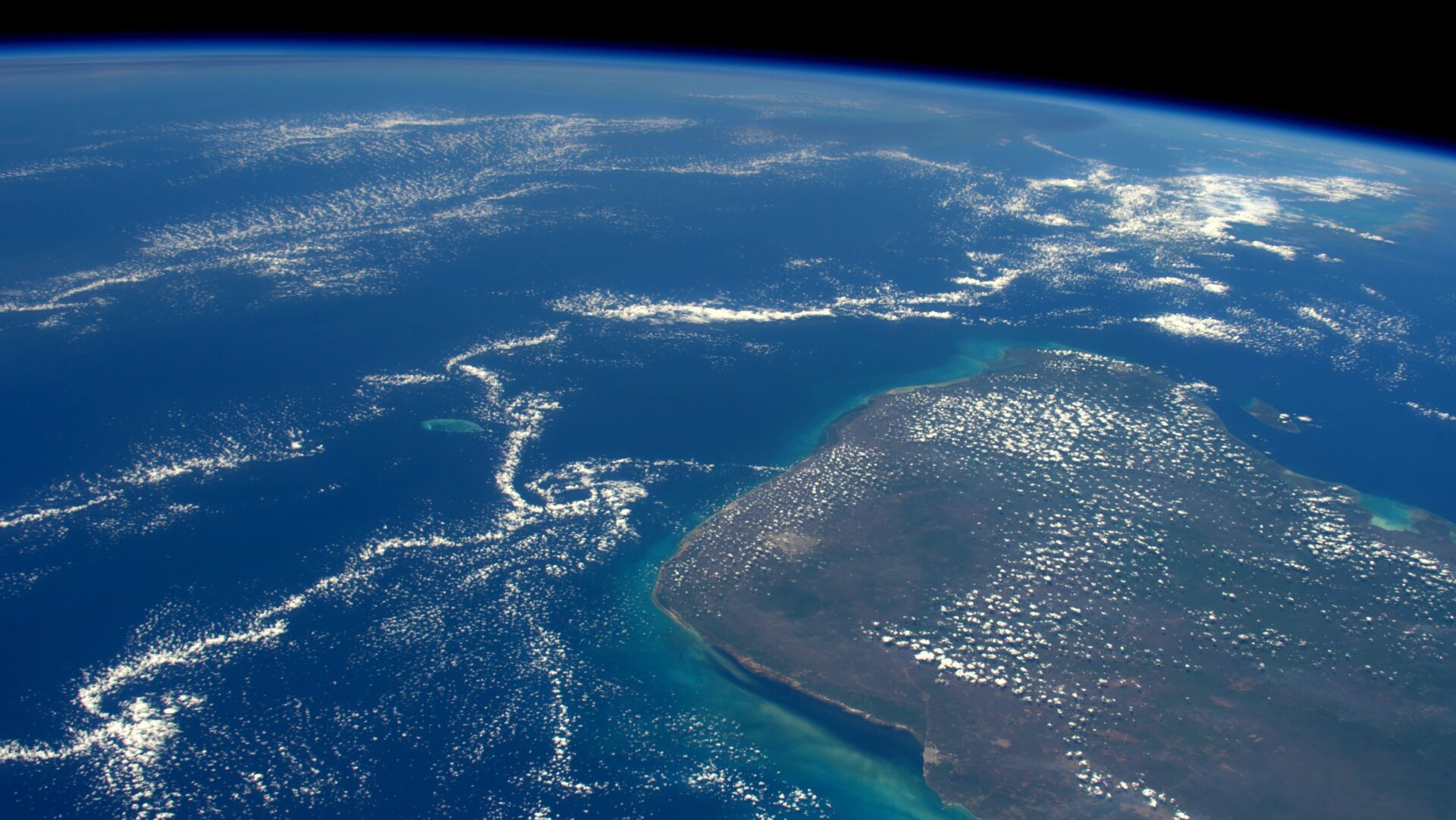 EartherEarth Science
EartherEarth ScienceExtreme Life Thrived in Hot Asteroid Pit After Dinosaur Extinction, Evidence Suggests
A gigantic pool of magma emerged beneath Earth’s surface following the impact event that wiped out all non-avian dinosaurs. New research suggests this hellish subterranean chamber hosted a biological ecosystem, a finding that could give clues as to how life emerged during Earth’s tumultuous early days. When the asteroid struck our unfortunate planet some 66 … Continued
-
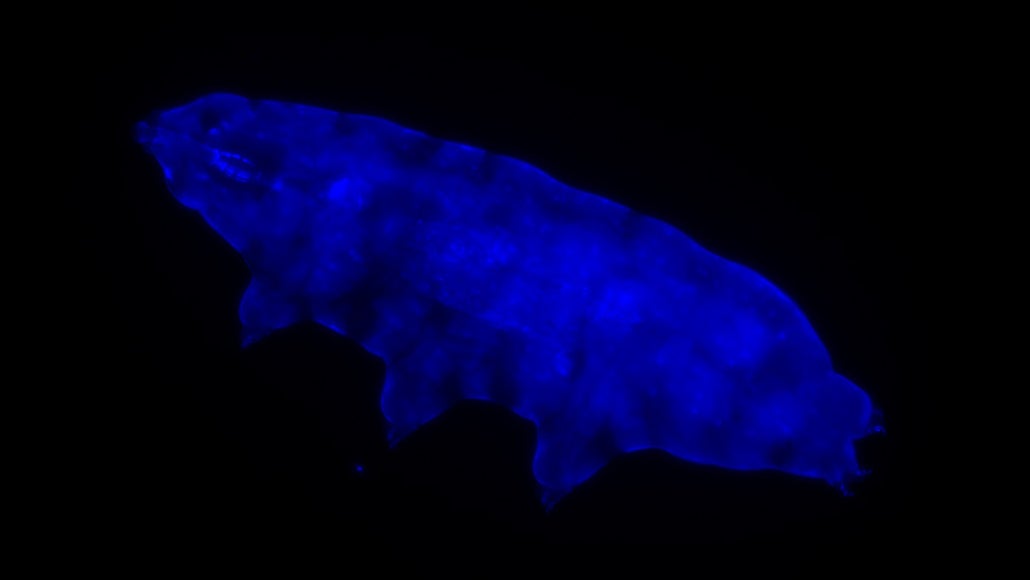 ScienceBiology
ScienceBiologyNewly Discovered Glowing Tardigrade Is Weirdly Resistant to Lethal Doses of UV Radiation
A newly discovered species of tardigrade that glows blue when exposed to ultraviolet light uses the powers of fluorescence as a protective shield, according to new research. Tardigrades, nicknamed water bears or moss piglets, are microscopic animals capable of tolerating some unbelievably tough conditions, such as freezing temperatures, radiation, dehydration, and even the vacuum of … Continued
-
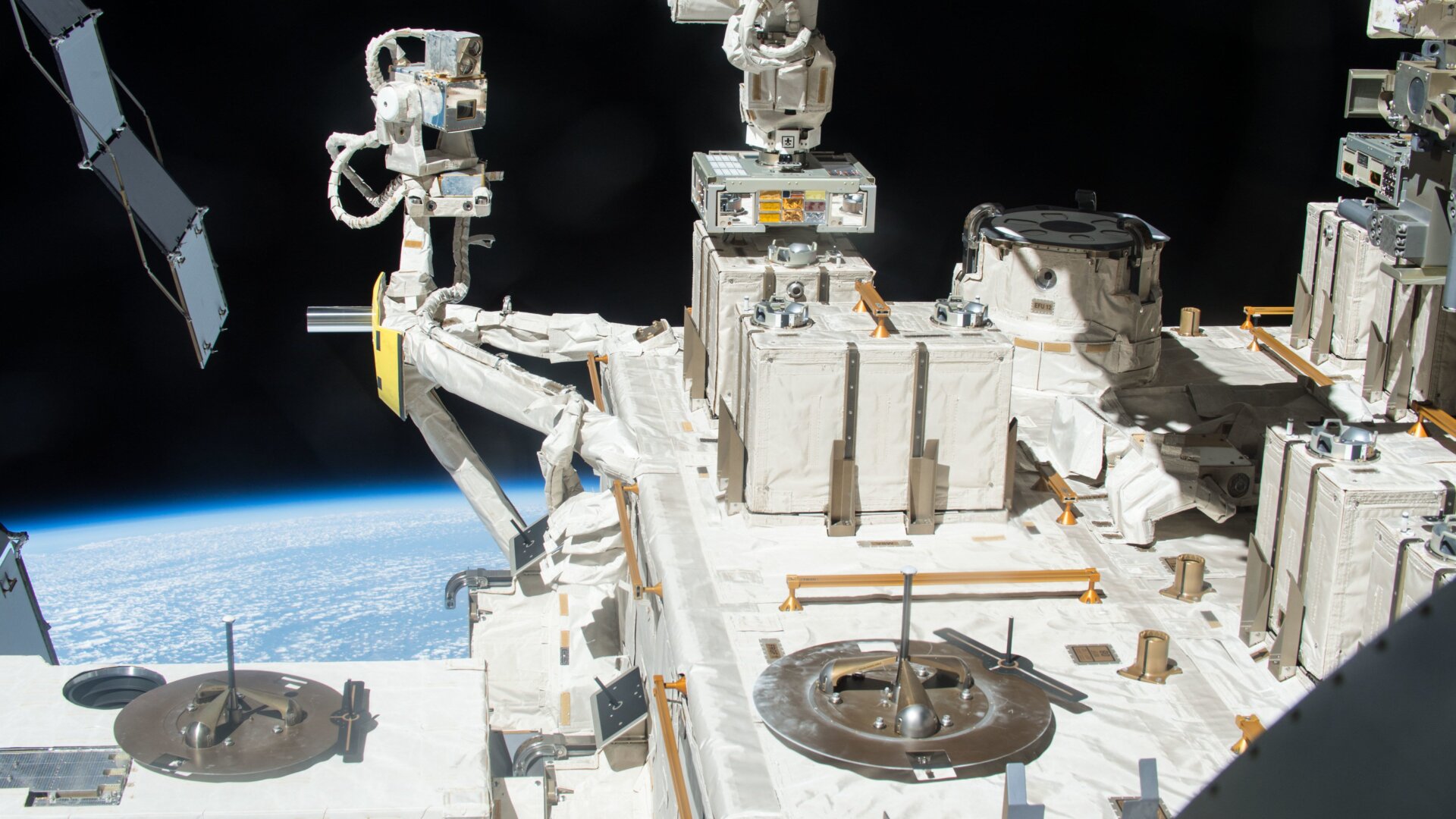 ScienceSpace & Spaceflight
ScienceSpace & SpaceflightThick Clumps of Bacteria Can Survive for Years in the Vacuum of Space
A hardy species of bacteria can survive the harsh conditions of space for prolonged periods, but only after forming a thick, congealed clump, according to new research. The discovery could bolster the panspermia hypothesis: the idea that asteroids seeded life on Earth. Deinococcus radiodurans is an extremophile microbe capable of surviving freezing cold temperatures, ionizing … Continued
-
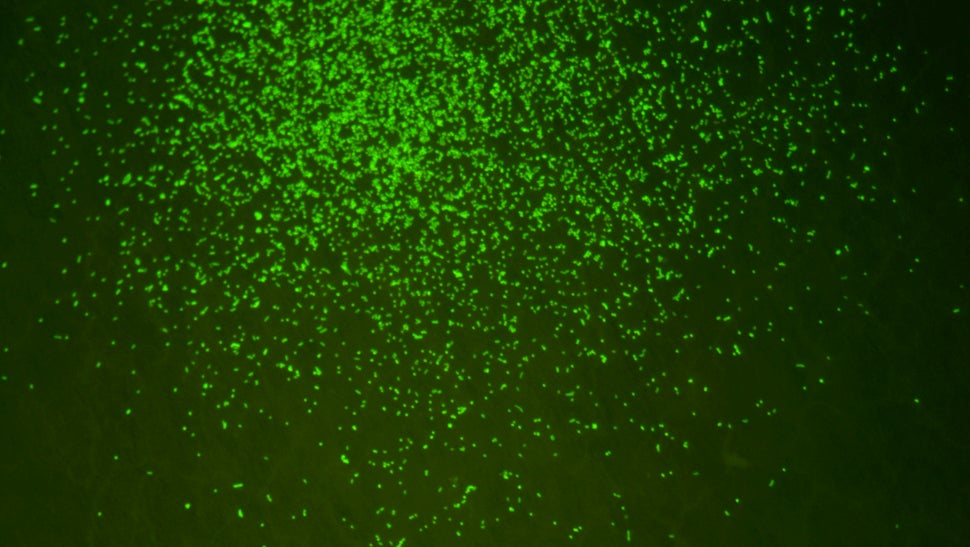 Tech NewsNews
Tech NewsNewsAncient Microbes Spring to Life After 100 Million Years Under the Seafloor
Scientists have revived microbes found deep beneath the seafloor in 100-million-year-old sediment, dramatically expanding our view of where life exists on Earth and for how long. An international team of scientists led by geomicrobiologist Yuki Morono from the Japan Agency for Marine-Earth Science and Technology has revived microbes pulled from energy-poor seafloor sediments dated to … Continued
-
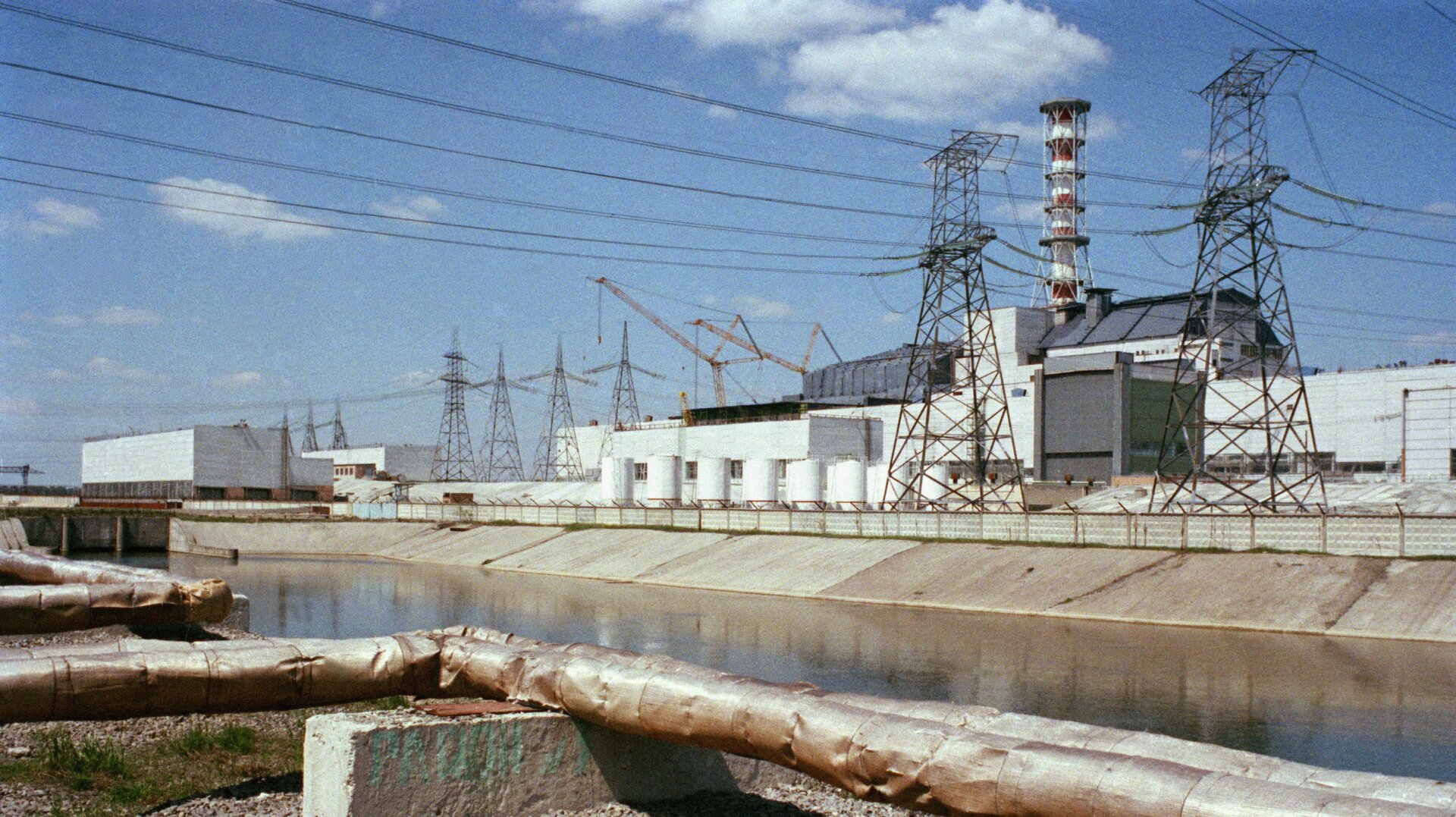 ScienceSpace & Spaceflight
ScienceSpace & SpaceflightExtreme Chernobyl Fungus Could Protect Astronauts From Deadly Radiation
An experiment done aboard the International Space Station demonstrates the potential for a hardy fungus to shield astronauts from cosmic radiation. This fungus has already proved its mettle inside one of the most hostile places on Earth: the ruined Chernobyl Nuclear Power Plant. Galactic cosmic radiation remains a troubling impediment to a sustained human presence … Continued
-
 ScienceHealth
ScienceHealthBacteria Found in Nuclear Reactors Could Be the Secret to Faster, Cheaper Vaccines
The extremophile bacterium Deinococcus radiodurans was first discovered in 1956 at Oregon State University, where it was busy ruining a gamma ray experiment designed to sterilize a tin of ground meat. The “sterilized” meat spoiled, thanks to D. radiodurans and its preternatural durability in the face of radiation: The hearty microbe can withstand somewhere up … Continued
-
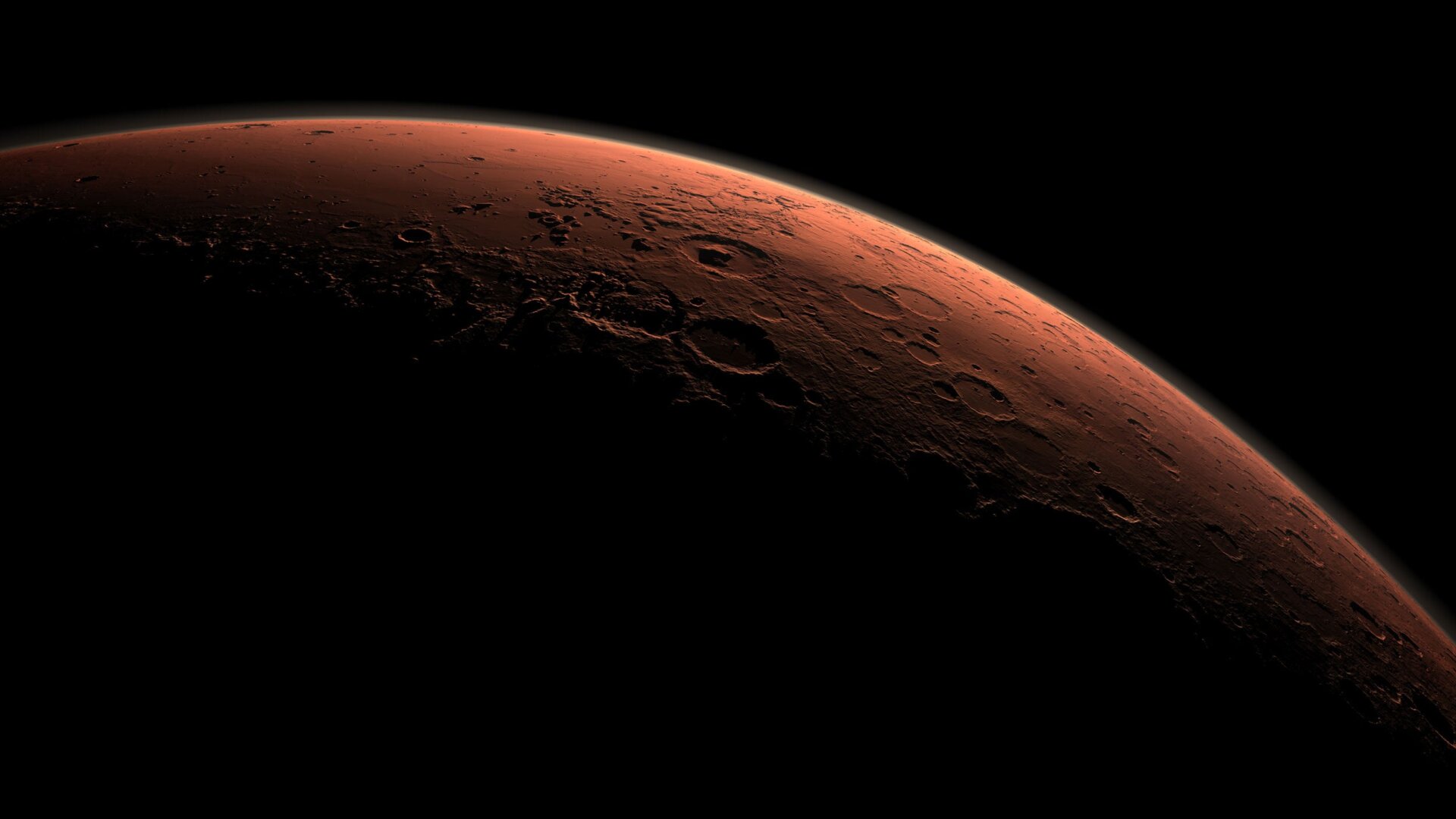 ScienceSpace & Spaceflight
ScienceSpace & SpaceflightDiscovery of Living Microbes Deep Beneath the Seafloor Offers Hope for Life on Mars
Surprising quantities of bacteria have been found living in clay-rich rocks under the Pacific seafloor. The discovery raises the possibility of equally resilient microbes living deep beneath the surface of Mars. Ancient volcanic rocks beneath the Pacific seafloor provide a habitat for dense clusters of microbial communities, according to a new paper published this week … Continued
-
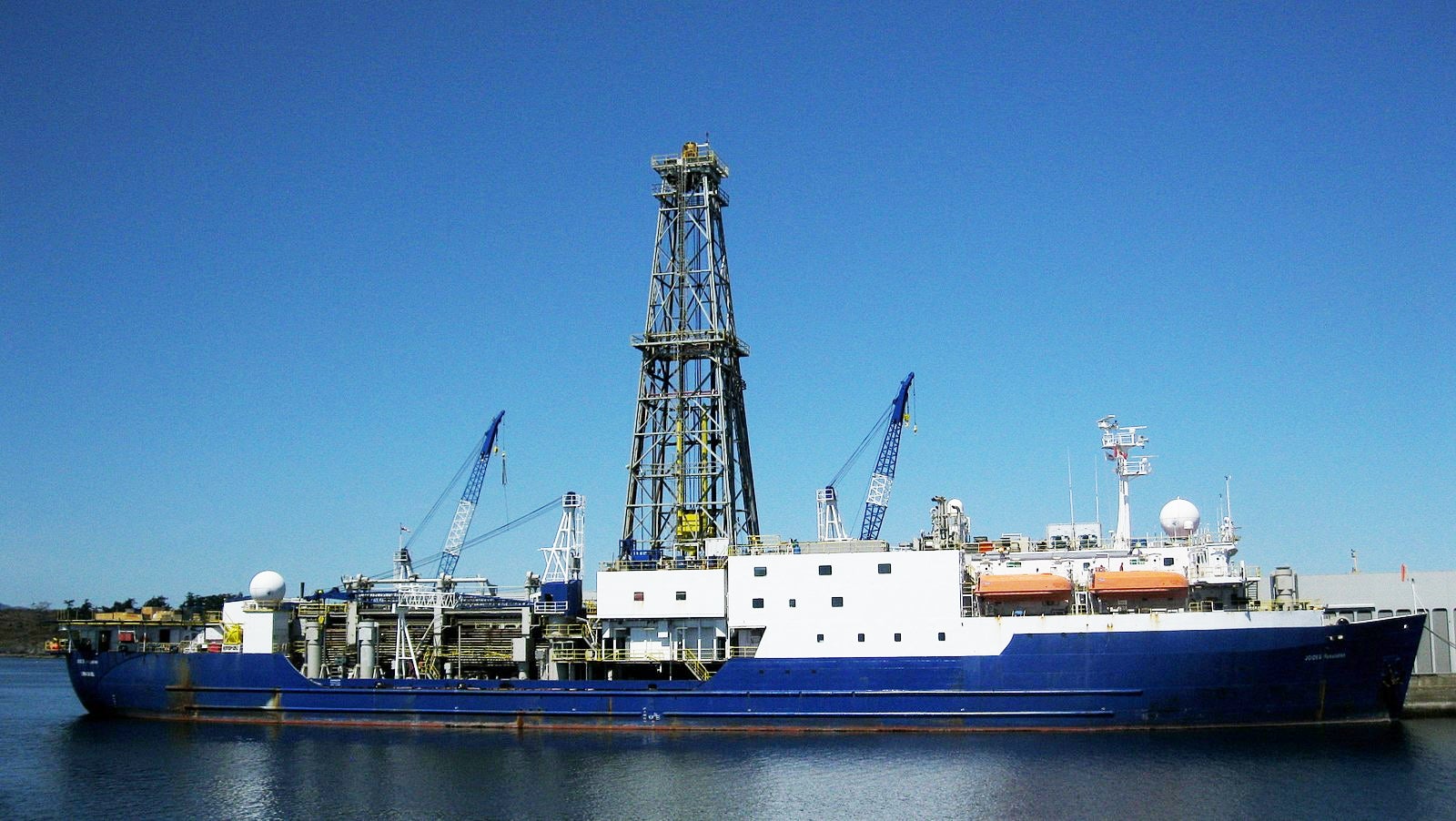 Tech News
Tech NewsLife Is Thriving 2,600 Feet Beneath the Seafloor
You won’t see many living things above the ocean surface hundreds of miles southeast of Madagascar—an albatross or the occasional fishing vessel may break up the hours of solitude. But beneath the surface, lava from Earth’s mantle has uplifted a long, underwater mountain range with a flat top extending 5 kilometers above the seafloor. Its … Continued
-
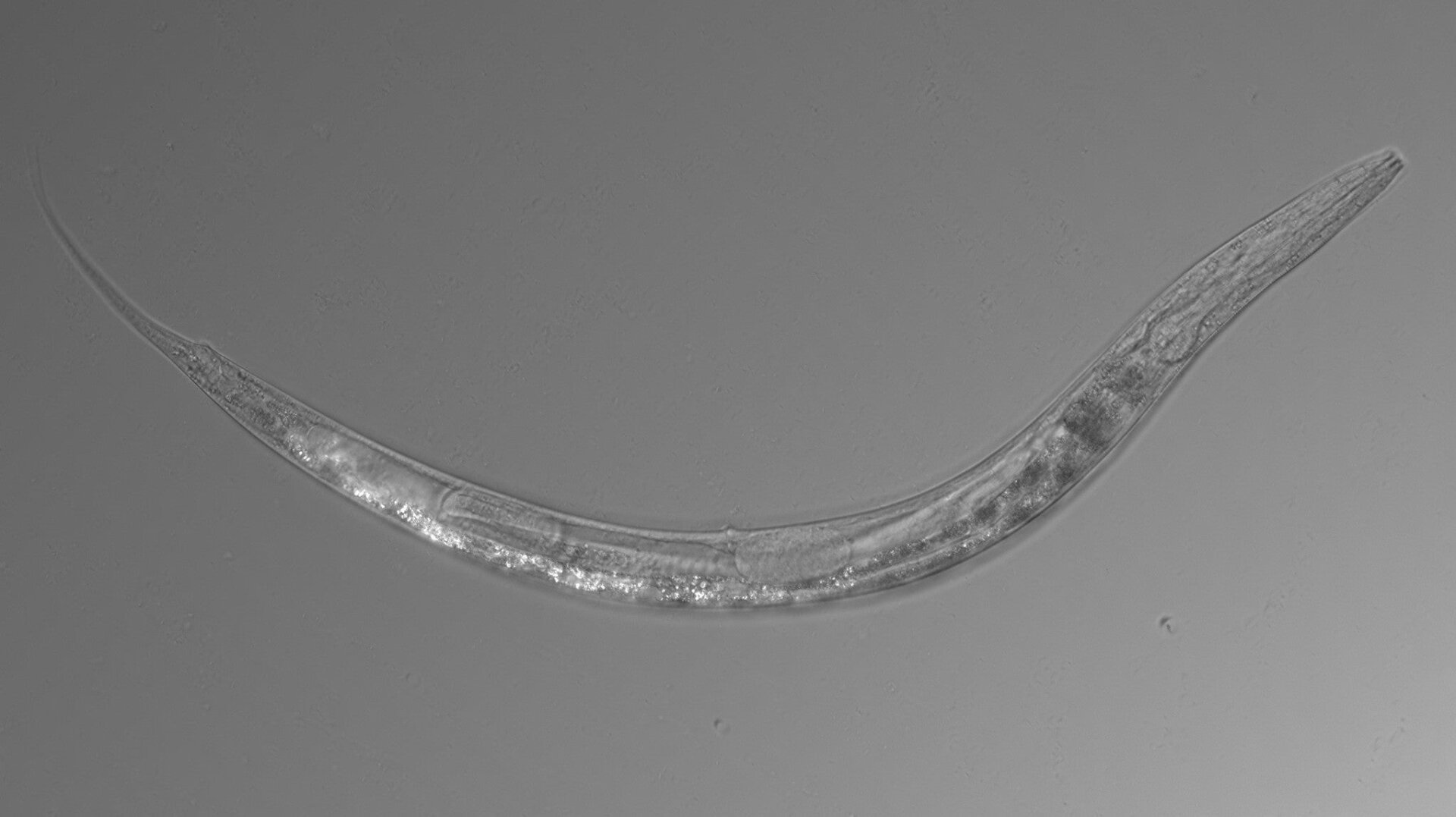 ScienceBiology
ScienceBiologyScientists Find Three-Sex, Arsenic-Resistant Nematode in Nearly Uninhabitable Lake
Scientists have discovered an extreme nematode that has three sexes, raises its larvae in a pouch like a kangaroo, and can withstand 500 times the arsenic concentration that humans can, according to a new study. We all know that on Earth, life (uh) finds a way, but some animals have figured out how to survive … Continued
-
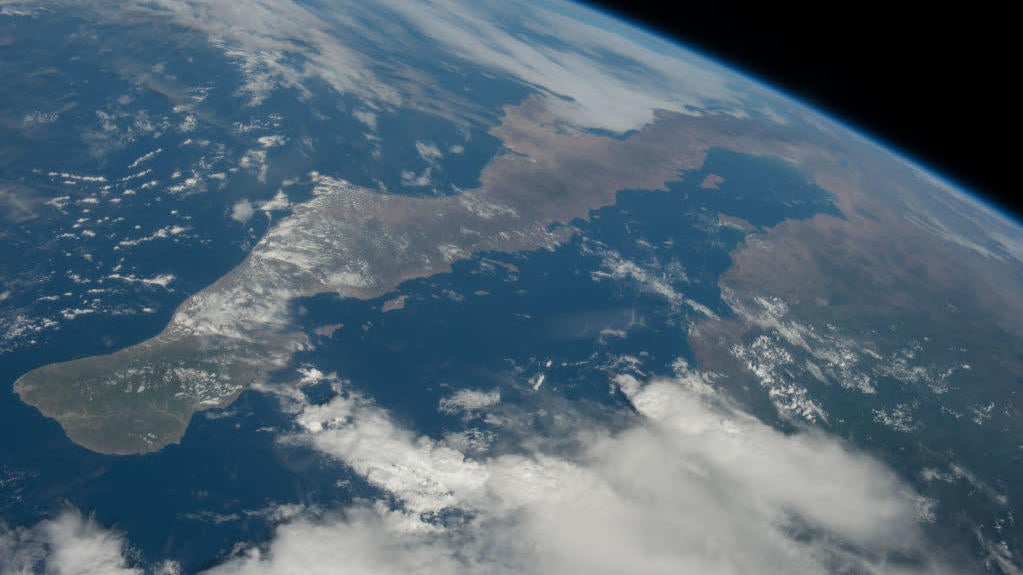 Tech News
Tech NewsEvidence of Arsenic-Breathing Microbial Life Found in Pacific Ocean
Researchers working off the coast of Mexico have discovered evidence of arsenic-breathing life in oxygen-starved waters. These resilient microbes are a vestige of Earth’s ancient past, but they could also be a sign of things to come under the influence of climate change. Billions of years ago, when the Earth was still very young, the … Continued
